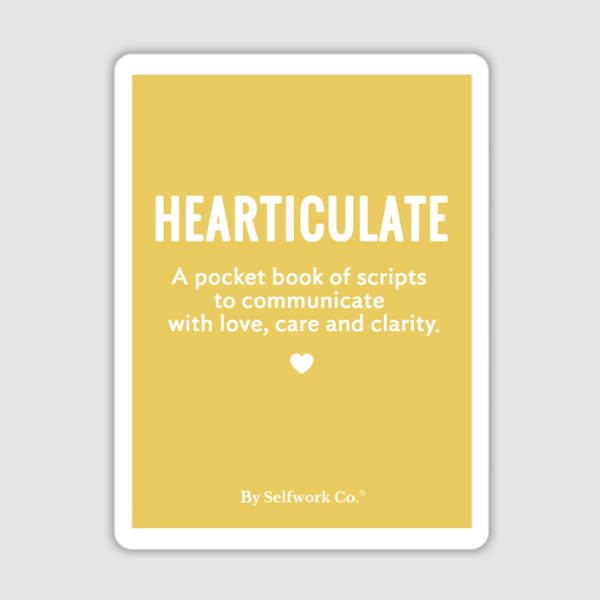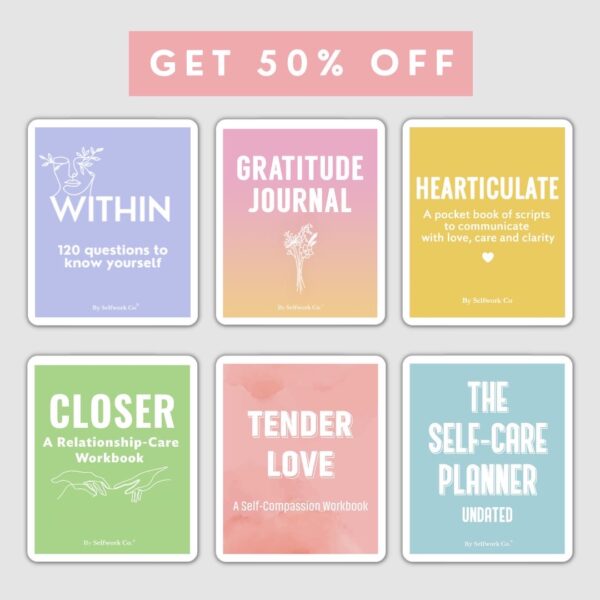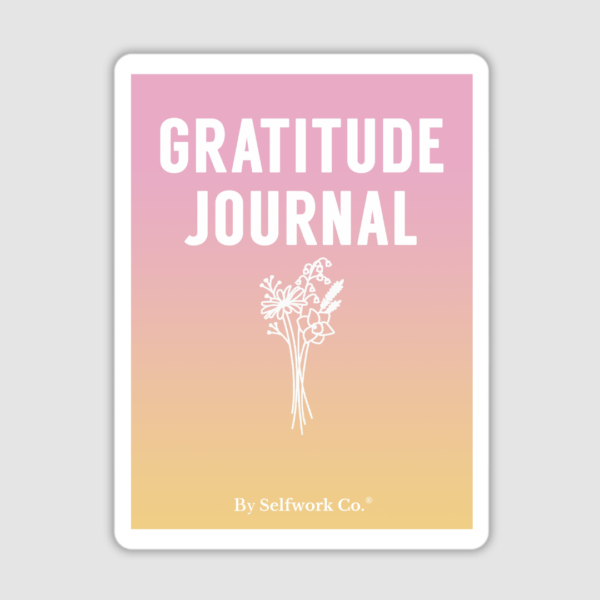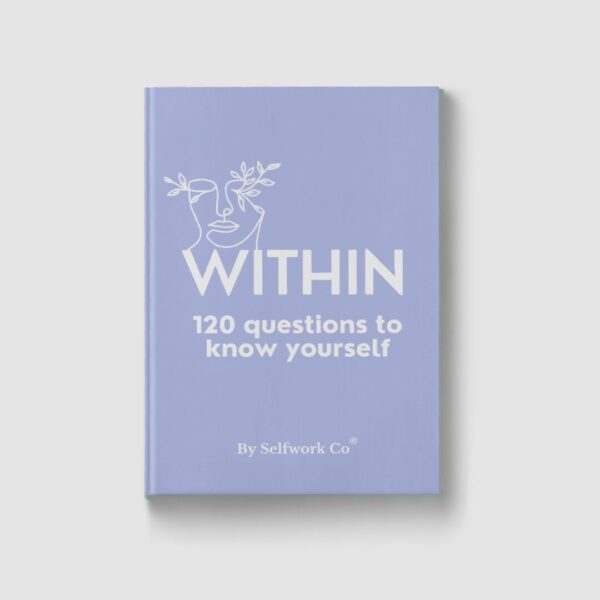
The attachment theory by psychiatrist and psychoanalyst John Bowlby identifies four adult attachment styles: anxious, avoidant, disorganised and secure.
While we may strongly identify with one type of attachment, it’s important to remember that most people do not entirely fit into one box or another – different relationships and experiences may bring out different types of attachment within us. Moreover, our attachment styles are a result of learned behaviours and can be unlearned with awareness or may natural change over a period of time.
Read on for signs of each attachment style and ways to cultivate secure attachment.
Signs of Anxious Attachment:
- Needing constant reassurance
- Having a hard time when a loved one wants to spend time alone or with their own friends
- Feeling anxious when you’re single
- Over analyzing everything that happens within a relationship
- Having a strong fear of rejection, criticism, infidelity or abandonment
- Worrying that you’re not wanted or desired
- Constantly trying to please people
- Having loose or no boundaries
- Being overly dependent on a relationship
- Craving intimacy and finding it hard to trust
- Being possessive or jealous
- Having a negative view of self
Signs of Avoidant Attachment:
- Withdrawing in difficult situations
- Wanting to cope on your own
- Avoiding conflict & confrontations
- Suppressing emotions
- Perceiving your loved ones as clingy
- Being uncomfortable with physical touch
- Not opening up or being vulnerable
- Fearing that people you love will harm you
- Being over-independent
- Rejecting help
- Not expressing hurt; instead being distant or passive-aggressive
- Rarely showing or expressing a need for closeness or love
- Having a negative view of others
Signs of Disorganised Attachment:
- Seeking extreme closeness or extreme distance with no in-between
- Being flooded with emotions and not knowing how to manage them
- Inability to trust or being highly anxious of people’s motives or intentions
- Wanting love but withdrawing
- Inconsistency in friendships and romantic relationships
- Fluctuating between feeling like you’re too much and not enough
- Inability to feel safe
- Being impulsive, conflicting and unpredictable with emotions & actions
- Self-harming behaviors
- Having a negative view of self + negative view of others
Signs of Secure Attachment:
- Being able to communicate openly
- Not taking rejection personally
- Being able to regulate one’s emotions
- Taking accountability for one’s own part
- Being able to set boundaries
- Being comfortable with closeness & mutual dependence
- Being comfortable with space
- Being able to disagree
- Valuing one’s independence within the relationship
- Supporting the independence of others
- Asking for help when needed
- Self-reflecting and self-correcting in relationships
- Having stable long-term relationships
- Having a positive view of self + others
Ways to build secure attachment:
- Connecting with yourself
- Building a healthy sense of self / learning to respect, value and trust yourself
- Knowing what your needs are and where to set boundaries
- Practicing healthy and assertive communication
- Positive self-talk
- Seeking additional support if needed









